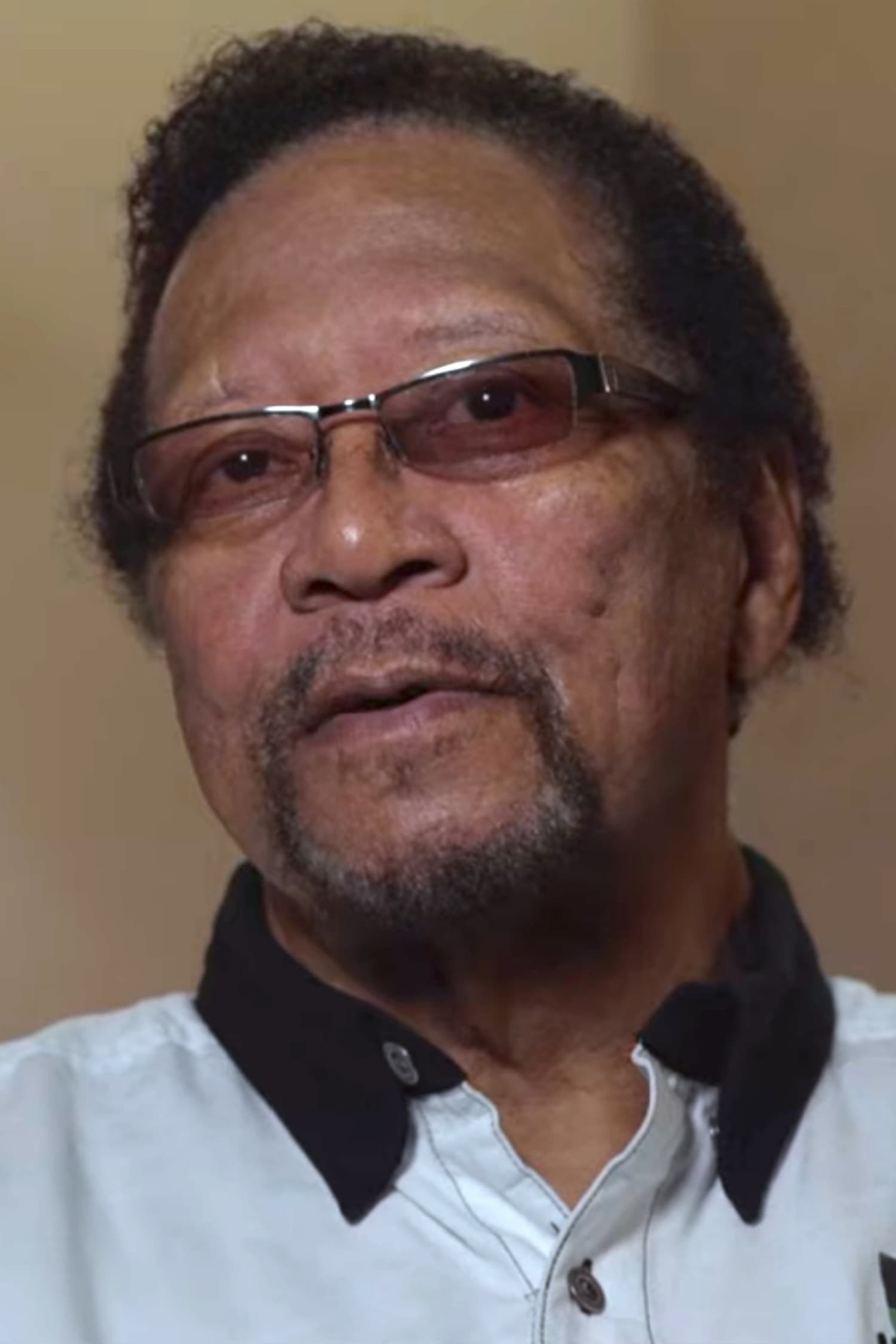

Electric Lady Studios: A Jimi Hendrix Vision is a feature-length documentary film chronicling the creation of Electric Lady Studios, rising from the rubble of a bankrupt, Greenwich Village nightclub to the state of the art recording facility inspired by Jimi Hendrix’s vision and becoming the first ever, artist owned commercial recording studio.

Jimi Hendrix Experience’s storied visit to Maui, their performance on the dormant lower crater of Haleakala volcano on the island and how the band became ensnared with the ill-fated Rainbow Bridge movie produced by their controversial manager Michael Jeffery.
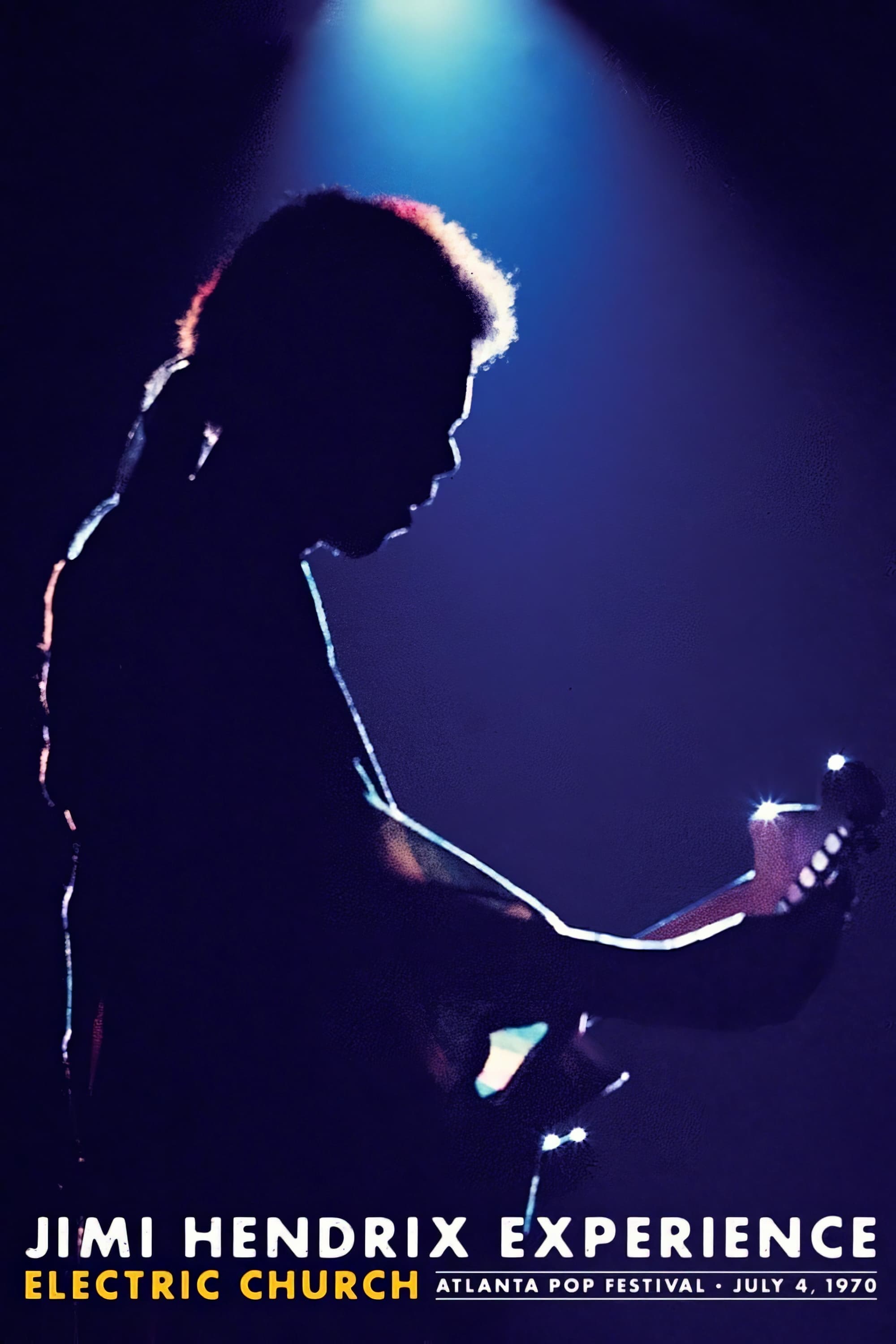
This documentary unveils previously unseen footage of Jimi Hendrix's seminal performance at the 1970 Atlanta Pop Festival on July 4th, 1970, playing his greatest hits in front of nearly 500,000 people. With interviews from Hendrix and his fellow musicians, including Paul McCartney and Mitch Mitchell, the insight they provide casts a new light into the musician's personality and genius at the juncture of this important cultural gathering, hailed as the 'Southern Woodstock'.
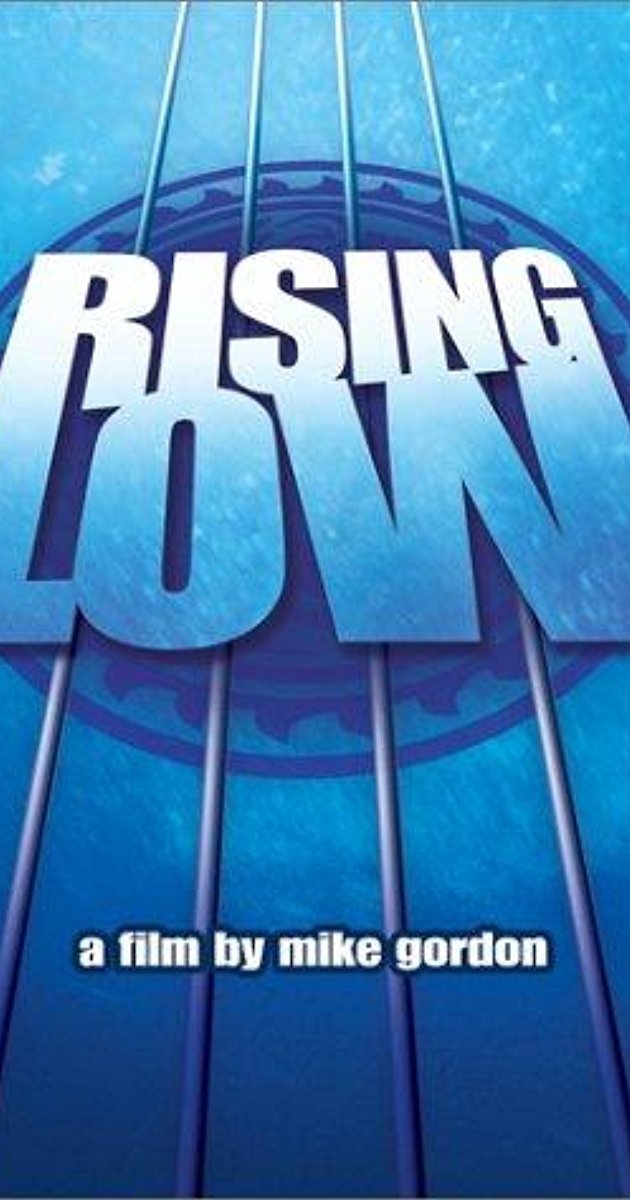
Based on the life and death of Gov't Mule bassist Allen Woody, and the making of a double-disc tribute album (Gov't Mule's The Deep End , Volumes 1 & 2) featuring a host of legendary bass players. Throughout the film, director Mike Gordon (of Phish, who also plays on the album) interviews Woody's family and bandmates and also discusses the philosophy and technique of bass playing with a number of the instrument's legends, including Chris Squire, Les Claypool, John Entwistle, Flea, Bootsy Collins, Mike Watt, Roger Glover and others.
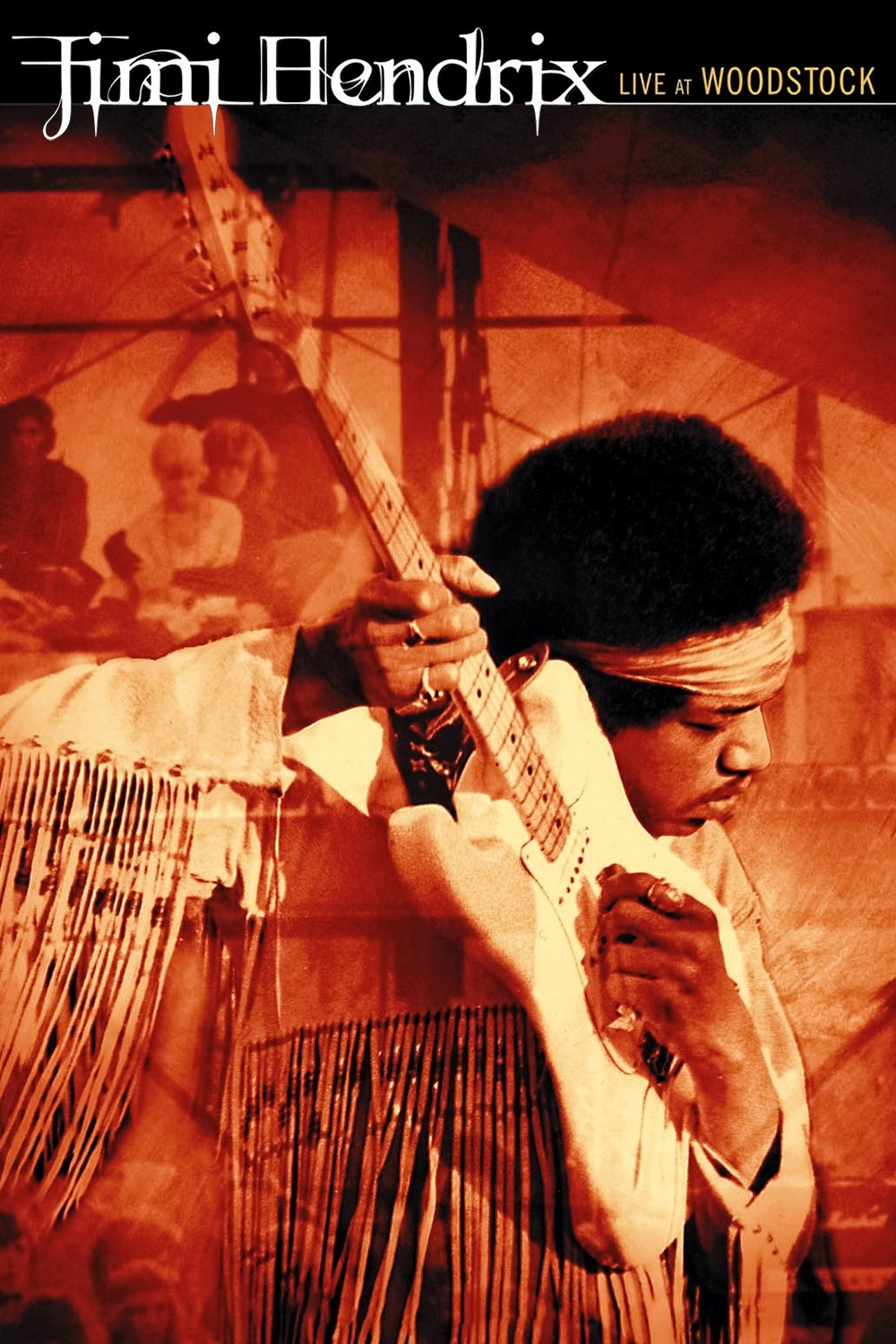
Nine o'clock on Monday morning, August 18, 1969: while the work force was starting the day, Jimi Hendrix was taking the stage at Woodstock. While hundreds of thousands had already left, 25,000 people remained to see this incredible performance. Hendrix, along with drummer Mitch Mitchell and bassist Billy Cox, offered masterly renditions of the songs of the recently disbanded Experience ("Hey Joe," "Foxey Lady"), and gave a preview of the blues-based Band of Gypsys ("Izabella," "Hear My Train A Comin'"), as well as Jimi's era-defining rendition of "The Star Spangled Banner." Though the weekend had witnessed some landmark performances by other great artists, this performance from Hendrix is regarded by many as the defining moment in a festival ripe with defining moments.
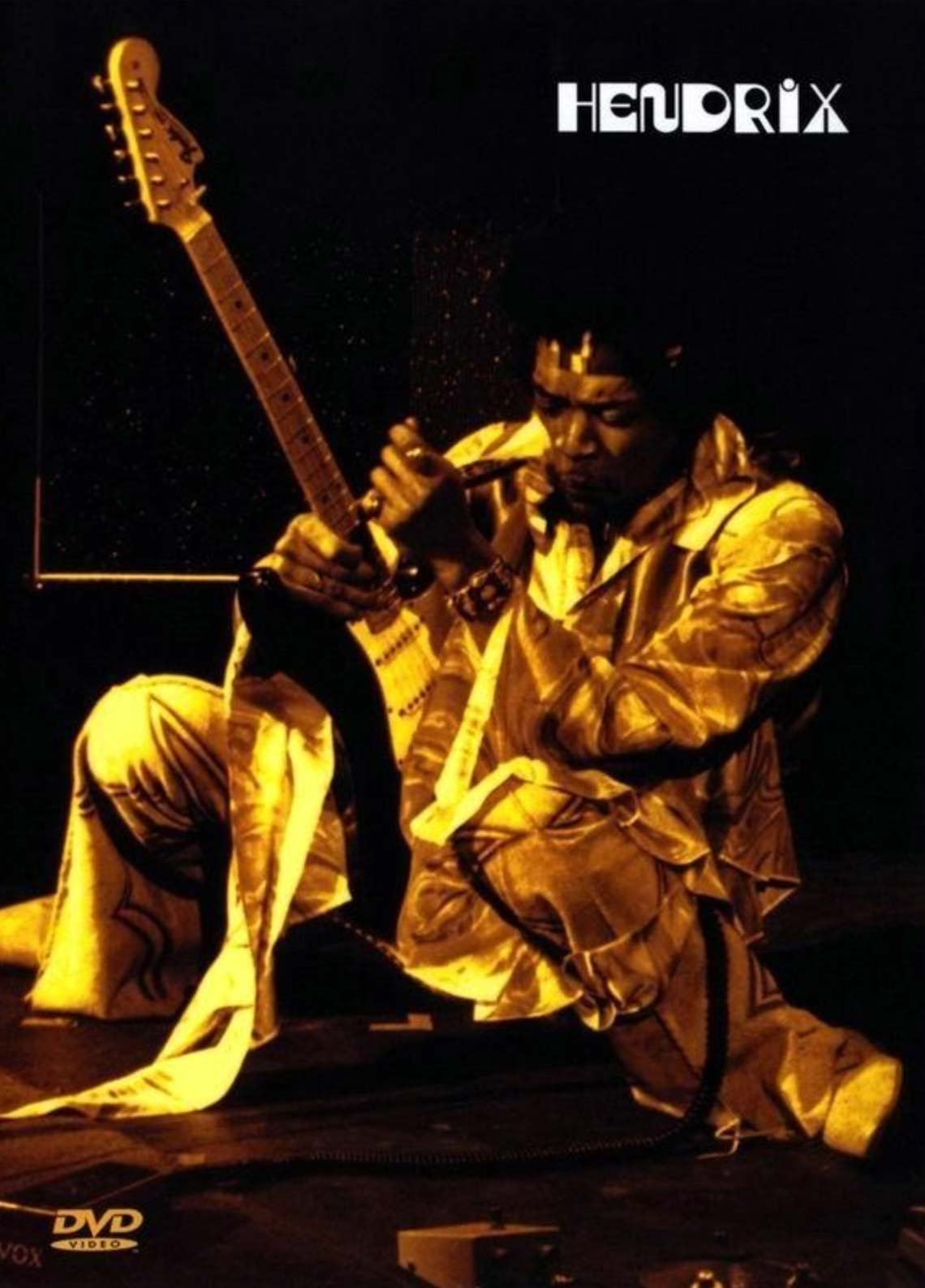
Made less than a year before his death in September 1970, Band of Gypsys was an album recorded live to fulfill a contractual obligation for a long-forgotten deal Jimi Hendrix signed when he still spelled his name "Jimmy." Hendrix had just disbanded the Jimi Hendrix Experience, and in order to dispense with the album as quickly as possible, he put together a new trio featuring Billy Cox (an old Army buddy) and drummer Buddy Miles.
William “Billy” Cox is an American bassist, best known for performing with Jimi Hendrix. Cox is the only surviving musician to have regularly played with Hendrix: first with the experimental group that backed Hendrix at Woodstock (informally referred to as “Gypsy Sun and Rainbows”), followed by the trio with drummer Buddy Miles that recorded the live Band of Gypsys album, and, lastly, The Cry of Love Tour trio with Mitch Mitchell back on drums. Cox continues to perform dates with the Band of Gypsys Experience and the Experience Hendrix Tour.
By browsing this website, you accept our cookies policy.